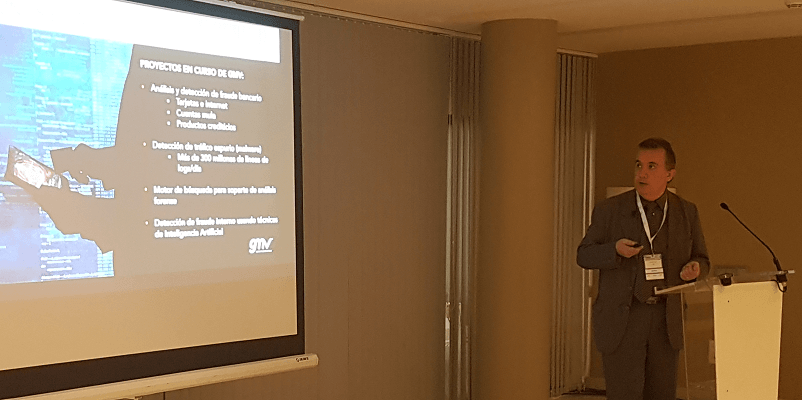The cybersecurity trend towards intelligence

Ransomware has been hogging the headlines in recent weeks after the cyberattack that infected thousands of computer systems in dozens of countries. In the wake of this, Barcelona Predictions 2017, organized by IDG Communications Spain and IDC Spain, has stressed the importance of intelligence in cybersecurity and co-innovation.
At the start of the year IDC forecast that 70% of corporations would be hit by a massive cyberattack by 2019; only a few months later came a foretaste of what is waiting for us. Taking his cue from this, José María Legido, Manager of the Northeast Region of GMV Secure e-Solutions, stressed in his Predictions speech the importance of working with a technology-and business-risk management system, as well as a security architecture, informed and aware personnel, threat response and law abidance (such as the new GDPR coming into force in 2018).
Legido kicked off his speech by highlighting the lack of security and the difficulty of identifying the hackers. “We need to go further, following a proactive and reactive strategy, preempting threats and responding to them quickly when they do occur”, he argued. An awareness of the problem is crucial and also of the risk posed by the constantly growing threat to companies, public organizations, services, people, critical infrastructure and new paradigms such as quantum computing.
Might we get to see unknown threats? GMV proposes working towards intelligence of SIEM (Security Information and Event Management), making the eyes and ears of our IT platform intelligent. “There is a possibility of aggregating events of an organization’s various SIEMs, tagging on new external or internal information sources and feeding SIEM with new intelligent rules such as Big Data and Machine Learning” added Legido. The aim in view is to process and analyze vast amounts of information, establishing the etiology and studying complex behavior with great predictive capacities and advanced analytical skills way beyond the possibilities offered by today’s traditional SIEMs.
José María Legido wound up by pointing out that the new generation of threats now looming up and improving security to suit will call for increasingly intelligent systems capable of proactively detecting threats and acting accordingly to forestall or mitigate their impact.